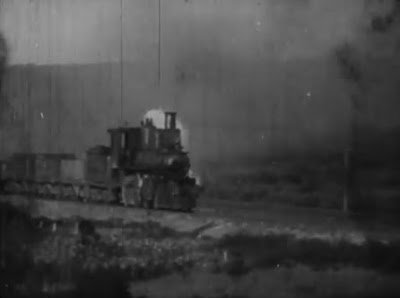The year was 1914 and Philadelphia-based movie mogul Siegmund “Pop” Lubin was about to stage his most spectacular, most costly scene ever.
It would show how far he had come since his primitive efforts when moving pictures were brand new in 1895.
Lubin’s first films lasted a few minutes. One featured a horse eating hay. Then there were his little daughters dancing. Another had the Lubin kids having a pillow fight.
Once in the early days he gathered some friends and strangers on the roof of a Center City building. They pretended to cheer while two guys pretended to re-enacted a recent boxing match. It could have the worse boxing movie ever filmed.
The years had passed. Lubin’s silent films had gotten longer and better. He hired real actors, real directors, opened a studio in North Philly and real big studio called Betzwoood in Montgomery County where real western cowboys were imported to gallop on real horses.
By 1914 he had settled lawsuits brought by Thomas Edison. And now he was spending $25,000 (or so he said) on a single scene. He had purchased two old train locomotives and several old passenger cars.
The plan was to have the locomotives going full-speed on the same tracks and crash into each other.
The scene was staged on tracks in Central Pennsylvania. An enormous crowd had gathered at a safe distance to witness the thunderous crash.
It was graphically described by a reporter for the Altoona newspaper:
“With whistles shrieking, throttles wide open and steaming hissing from noisy cylinders, two locomotives hauling trains on the tracks of the Pittsburgh and Susquehanna Railroad rushed to a point where they met in a terrific head-on collision before the eyes of thousands of spectators . . .”
It was a spectacular crash, indeed. Lubin positioned cameras at every angle to insure the scene was captured. In fact, the two huge locomotives seemed to rear up into the air before falling on their sides. All the empty cars were smashed.
Lubin used the head-on smash-up in at least five films, perhaps a dozen.
No one was inside the train cars but actors in swaying railroad cars pretended to be victims of the mighty crash.
Lubin might have shot 1,000 films but only a few survived. Several are in the National Archives. Under the on-line site
“Betzwood Movie Archive” you can watch a handful of Lubin films, including
"A Partner To Providence", which includes the thunderous but silent locomotive collision scene.
WATCH THE FILM!










